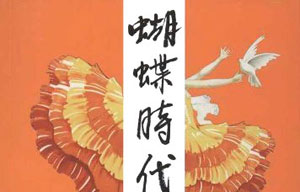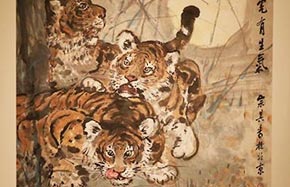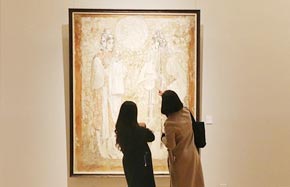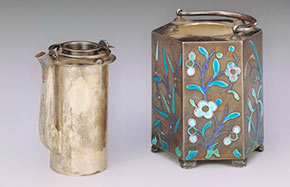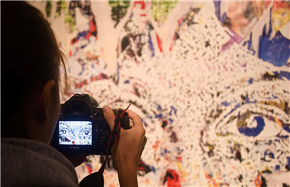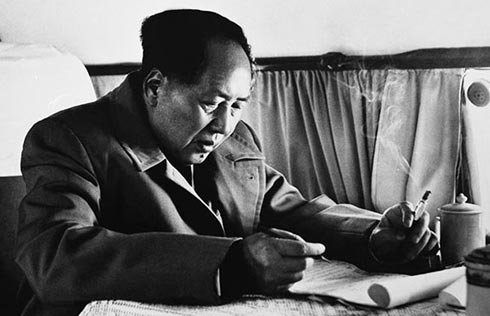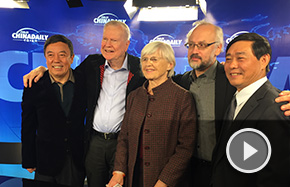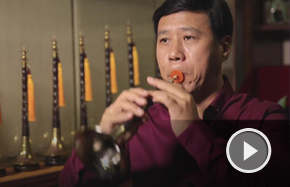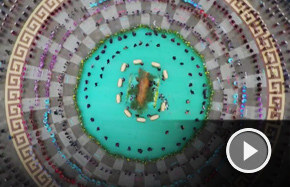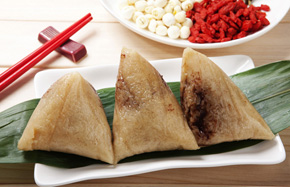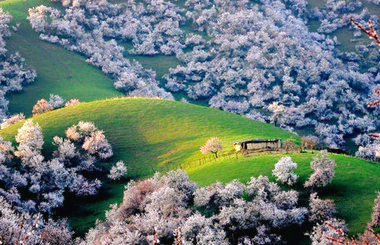To know the ethnic groups, read their prose
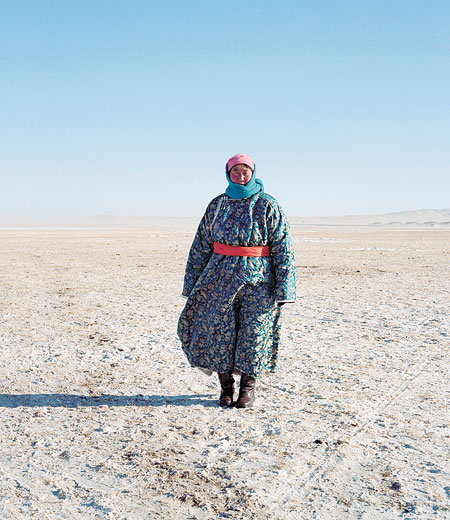 |
|
The June issue of Chutzpah! features authors from Chinese ethnic groups. |
Mongolian author Baoerj Yuanye stands out with a superb sense of humor in the short tale of a wrestler's ritual on the grassland.
Ye Fu depicts his family and neighbors in diaojiaolou (a wooden building propelled on columns to keep the rooms dry) of the Tujia people; Na Zhangyuan recounts the plague looming in an unsuspecting Yi village; Shi Qinghui sends the narrator to bring justice to an uncle who died mysteriously in a Dong village.
Such stories are full of color and smell, sound and taste, for they are dipped in the happiness and sadness of the authors' real lives.
There are quite a few young writers who show a great gift in storytelling.
Pema Tseden, a Tibetan film director, proves himself just as gifted with the pen in the tale of a stranger looking for a woman named Choma. He never explains why, but pays anyone 100 yuan ($16) if they find Choma.
"On the surface, globalization can cause cultural assimilation, but the world's true nature lies in difference," says Ou Ning, editor-in-chief of Chutzpah!, in an e-mail interview.
An established poet and artist, Ou has traveled around the world as curator of many art exhibitions.
"In the context of China, the value of non-Han writers is that they construct difference through writing in minority languages, thus making the ethnic groups they represent a common subject of history."
| Niche literary leader |





